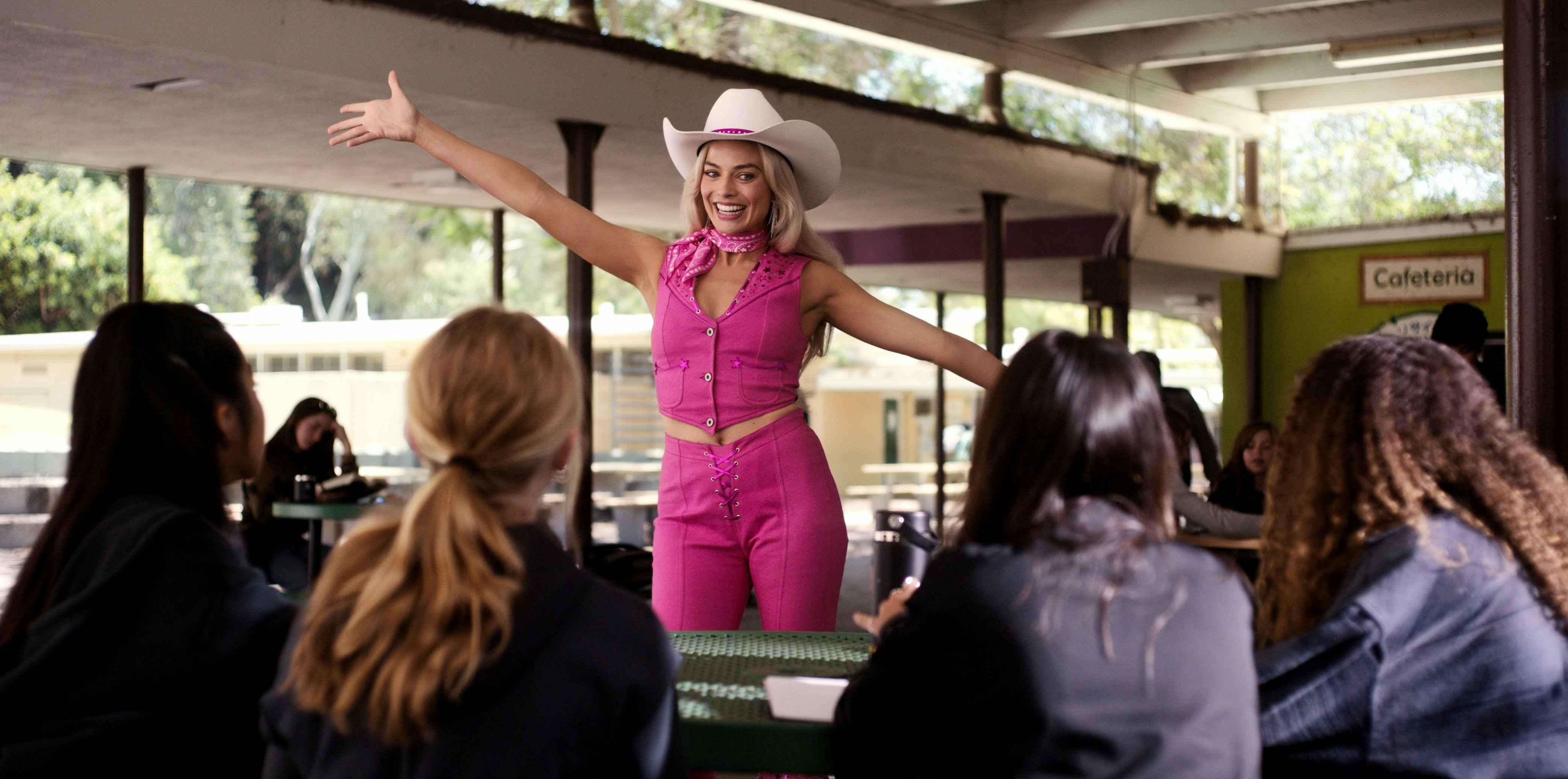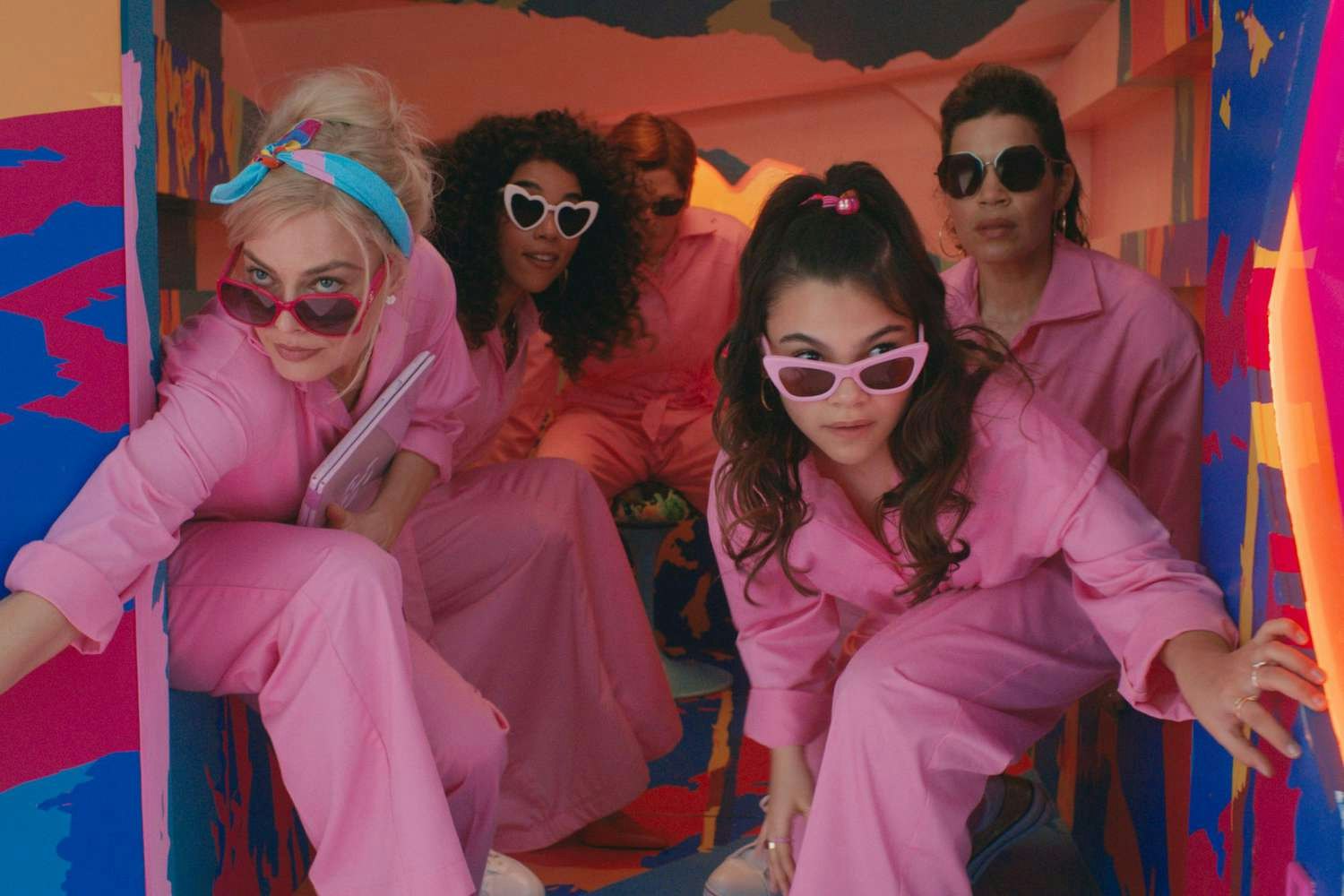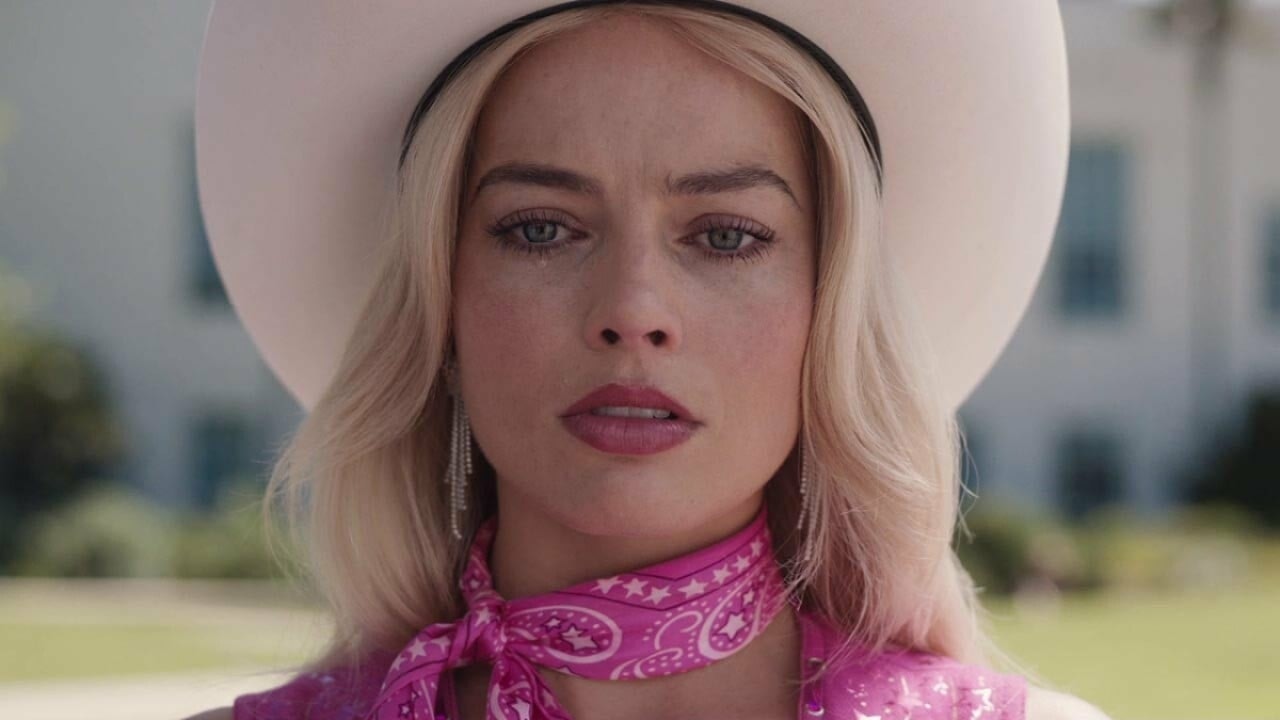
When the very first Barbie doll rolled out in 1959, sporting a black-and-white swimsuit and chic sunglasses, it immediately made a statement on the feminine ideal. She’s blonde! She’s thin! She’s fashionable! But first and foremost, Barbie is an idea. That idea evolved with the times as Barbie ditched the swimsuit to become a career woman with over 200 jobs and thousands more outfits.
Spoilers for the ending of Barbie ahead!
But while Barbie has long been criticized for inflating the idea of what women should look like, Greta Gerwig’s Barbie takes a hard look at how this fashionable little doll came to represent the impossible ideals of what women should be. Barbie is everything, but regular women can’t be.
This revelation happens towards the end of Barbie, which sees Margot Robbie’s Stereotypical Barbie undergo an existential crisis and a journey of self-discovery. It’s this journey that allows Barbie to transform herself into more than an idea and become a real human being.
What happens at the end of Barbie?

After Barbie and Ken (Ryan Gosling) ventured into the real world to find the owner whose sadness was affecting Barbie — and thus the fabric of reality — they discover the culprit: America Ferrera’s Gloria, a Mattel employee. Gloria’s struggles with motherhood and her unsatisfying job were starting to seep into Barbie Land, partly because of Gloria’s nostalgia for using Barbies to play with her daughter Sasha (Ariana Greenblatt) and partly because she was designing a new Barbie doll called “Irrepressible Thoughts of Death Barbie.”
Barbie brings Gloria and Sasha back to Barbie Land to try curing Gloria’s sadness, but when they return they find it completely changed. In the real world, Barbie and Ken split ways after Ken was radicalized by something he learned was called the “patriarchy.” He vowed to bring it back to the Kens back home, and Barbie is horrified to discover he has. The Kens rule the world, while all the Barbies — from President Barbie, Physicist Barbie, and the entirety of the Supreme Court — have been turned into giggling bimbos who love nothing more than to serve the Kens “brewskis” and listen to them explain The Godfather.
Barbie, who was already crestfallen to learn that Barbies haven’t had the aspirational impact on real-world girls she’d thought, gives up. But Gloria delivers a powerful monologue about how it’s impossible for women to be “everything” as Barbie has always been told she is, which snaps Barbie out of it and deprograms the other Barbies. With the help of Weird Barbie (Kate McKinnon) and Allan (Michael Cera), Barbie and Gloria foil Ken’s plan to change the Constitution.
But things can’t go back to the way they were. Barbie has learned too much, and isn’t satisfied with going back to being Stereotypical Barbie. As the chaos settles down, the mysterious older woman (Rhea Perlman) Barbie met in the Mattel building arrives, revealing herself to be Ruth Handler, the creator of Barbie. Ruth gives her a choice, warning, “Humans only have one ending. Ideas live forever.”
Barbie chooses. Cut back to the real world, and Barbie is nervously entering a building, cheered on by Gloria and Sasha. She introduces herself as Barbara Handler, the name of Ruth’s daughter, who inspired the first Barbie doll. She greets the receptionist with: “I’m here to see ... a gynecologist!”
Becoming a real girl

Yes, the final line of Barbie is a call back to the film’s recurring gag about Barbie and Ken having no genitals, but it’s also representative of the film’s whole thesis. This is a coming-of-age story, and like Gerwig’s best coming-of-age stories, it offers a prudent vision of girlhood, womanhood, and everything in between.
Barbie looking like an adult woman makes it odd to call Barbie a coming-of-age movie, but it fits the definition. In the beginning, Barbie has a simple view of the world: every day is amazing, and all the days to come will be amazing. But the utopian Barbie Land was a false idea of what women could achieve. Barbie was only upholding the sky-high expectations that women need to be everything, when even she — as Stereotypical Barbie — couldn’t live up to them. Barbie experiences the delicate joys and crushing anxieties of reality, and at first rejects them. But she’s irrevocably changed by them, to the point where she no longer sees a place for herself in the reformed Barbie Land.
Ruth Handler tells her there’s nothing wrong with remaining to be an idea: she created Barbie when the feminine ideal was different, and she says, “We must stand still so our daughters can look back and see how far they’ve come.” But Barbie realizes the idea of her as a stereotypically beautiful, thin, and happy Barbie is no longer relevant. She wants to move forward, not stand still, and by becoming human she finally does.







